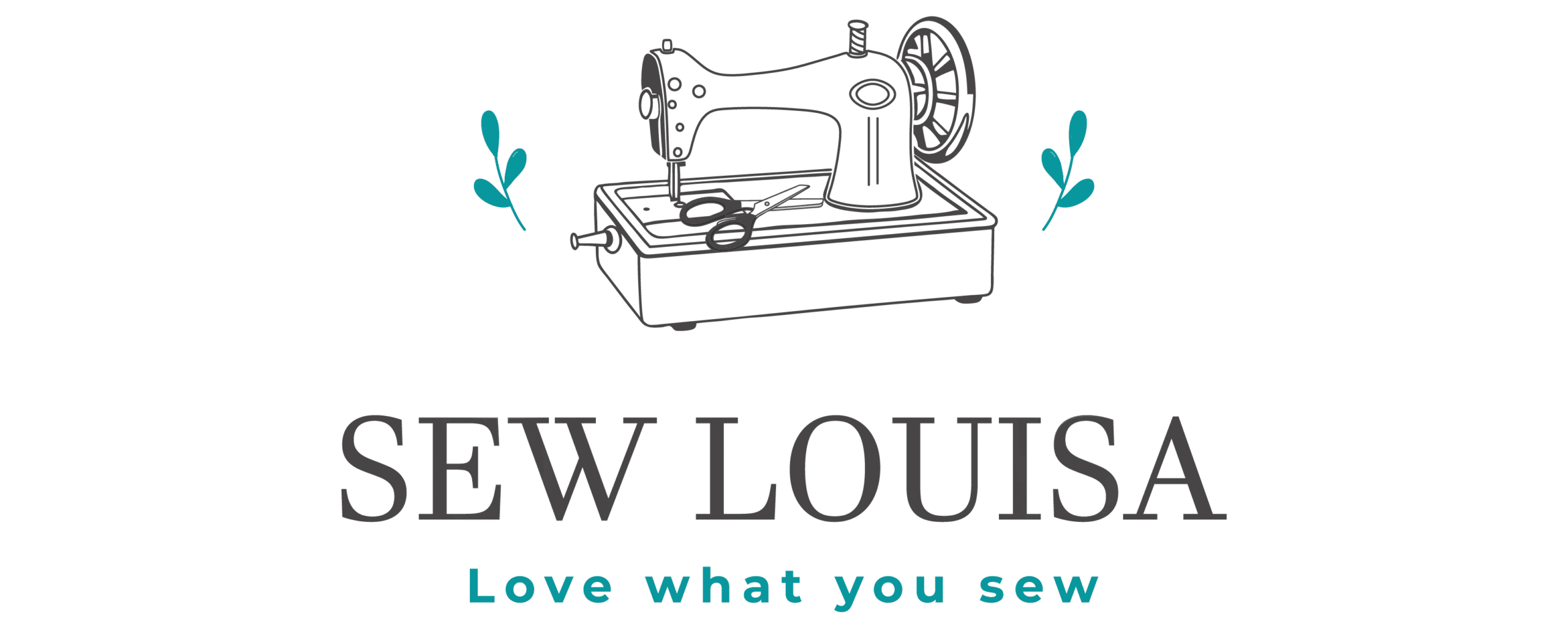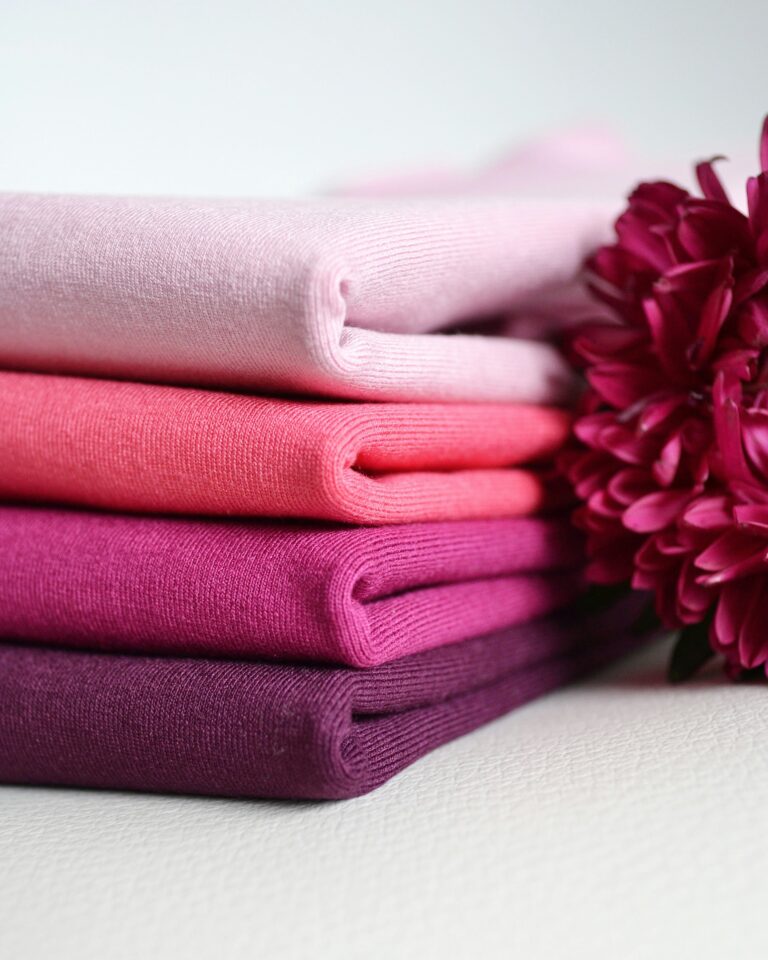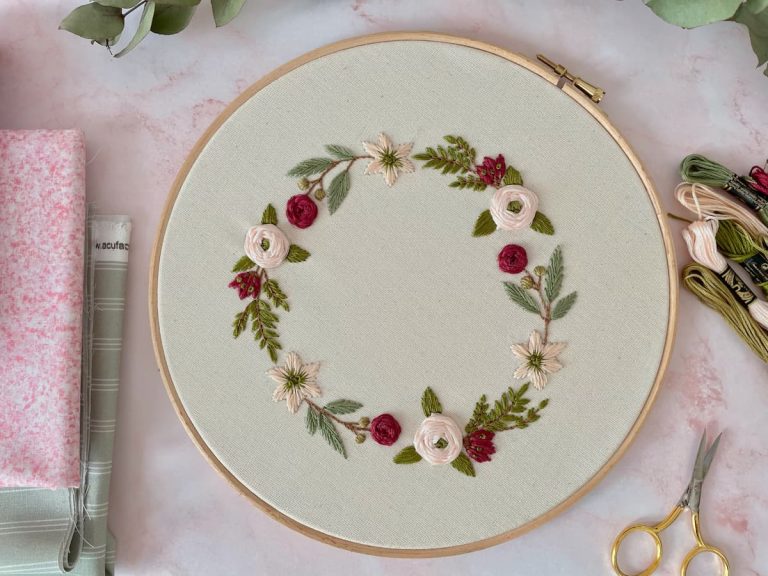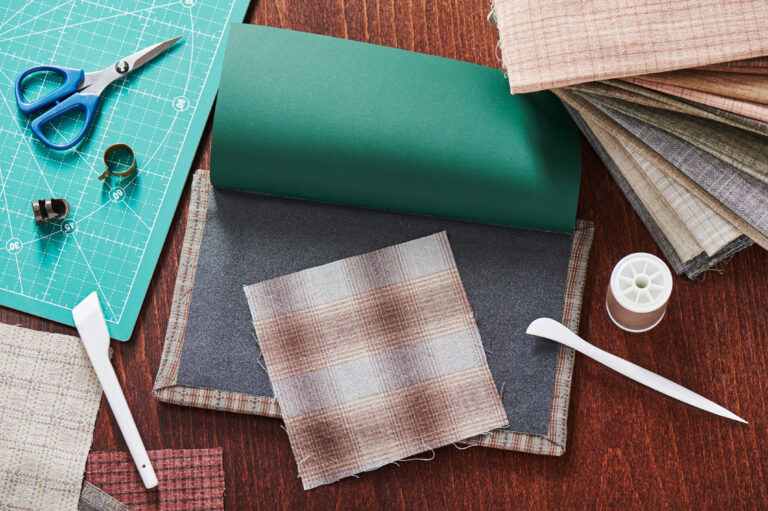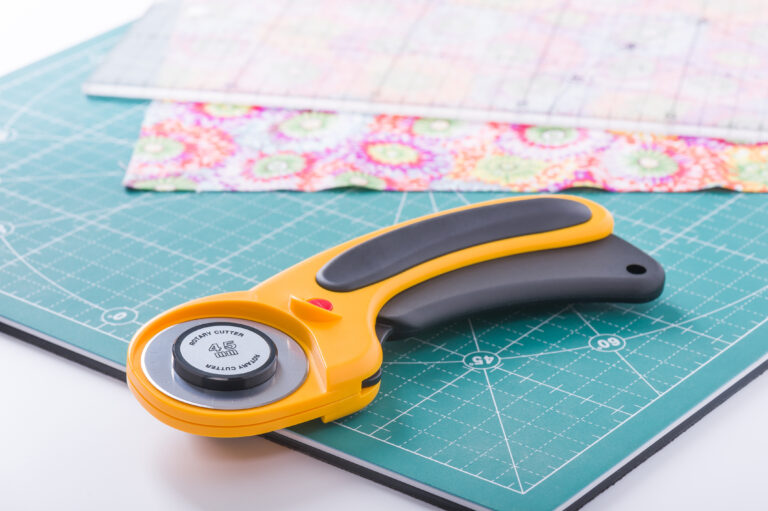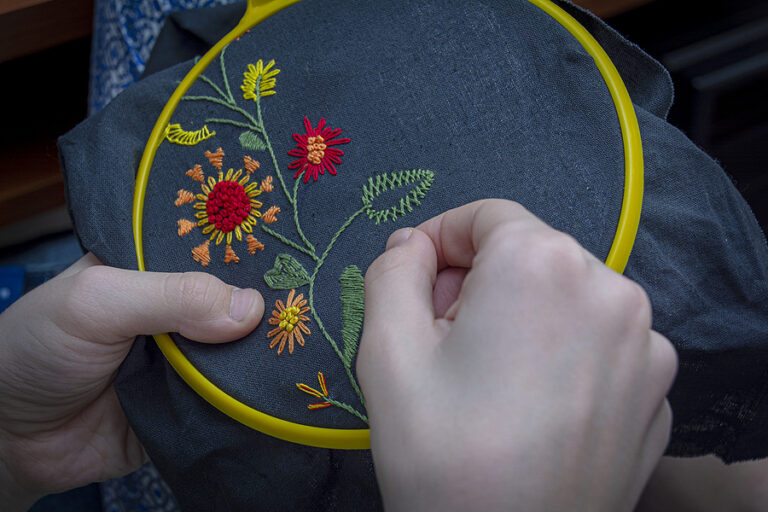The grainline of fabric is your secret weapon for creating all those professional looking garment you want to sew. The grainline is made up of the direction of if the threads that make the fabric. Just like the grain in wood influences how behave and cuts, fabric grainline also influences how the final garment drapes and or stretches.
In dress making the grainline serves as a vital guide and allows you to:
- Create garments that have straight side seams without skewing.
- Ensure your projects maintain their shape.
- Hand beautifully.
- Sew garments that stretch and drape consistantly.
‘Getting the grainline correct on your garment is the difference between it looking homemade and looking professionally sewn’
When you take the time to accurately line up the pattern pieces to the fabric grain you are in the way to sewing garments that both hand and fit correctly.
The grainline of fabric is like the foundation to a building, a garment sewn from poorly or inaccurate grainline with be compromised. This is why understanding grainline is so important and is a fundamental skill every sewer needs.
Understanding Different Types of Grainlines.
The construction of fabric create three grainline and mastering these is vital in successful sewing:
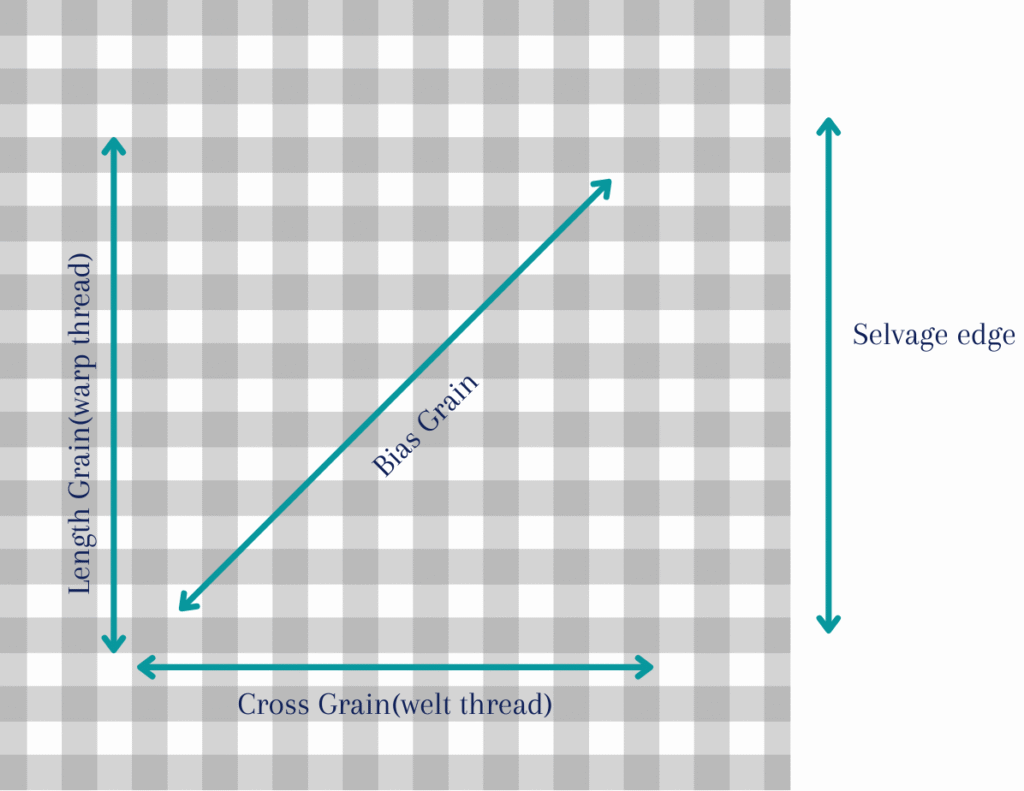
1: Lengthwise Grainline (Straight grain)
- This runs parallel to the selvage edges of the fabric.
- Follows the warp threads.
- Provides the maximum stability.
- Ideal for structured garments.
2: Crosswise Grainline
- This grainline runs perpendicular to the selvage.
- Follow weft threads.
- Offers slight stretch even in woven fabric.
3: Bias Grainline.
- This grainline is 45 degrees from the length and cross grains.
- Has the maximum stretch.
- Drape beautiful and follows the shape of the body.
- Has a lovely fluid drape.
The Role of Fabric Threads in Grainline Alignment
The construction of fabric is made from two threads the wait and weft threads. It’s these threads that create the foundation of the fabric’s grainline and will impact how your finished garment hangs.
Understanding Warp and Weft Threads
The warp threads of fabric run parallel to the selvage edge, this is what provides the strength and stability to the fabric and is called the lengthwise grain of the fabric.
The weft threads of the fabric run perpendicular to the selvage edge and this provides the fabric with a little give even in woven fabric and is called the cross grain of the fabric.
The importance of Selvage Edge for Grainline Alignment
The selvage edge serves as a lovely straight edge to line up pattern pieces. It runs along the length of the fabric on both edges and provides a tight non fraying edge to the fabric.
Tips for Accurate Pattern Placement
It is really important to place your pattern pieces on the grain and to pay close attention to the accuracy of this. We’ve all worn tops that have twisted because they were slightly off grain.
- Measure equal distance from you grainline to the selvages, you can also use the grainline from other pieces if they have been accurately placed.
- Pin or use pattern weights.
- Check measurement twice and in several locations.
- Adjust the distance from the grainline to the savage until they match.
The Unique Properties of Warp and Weft Threads
The way the warp and weft threads interact with each other creates distinct characteristics in the fabric. The wrap threads are typically tighter which makes them perfect for the structural elements of garment construction. On the other side of the coin is the weft thread which by its nature is more flexibility, this allows movement in the finished garment.
Marking and Identifying Grainlines on Sewing Patterns
All sewing patterns well all that are worth using will have a long doubled pointed arrow labeled the grainline which funnily enough is the grainline marking on the pattern pieces. This will be placed parallel to the fabric lengthwise grain.
Understanding the Length of the Grainline Arrow
The grainline varies in length depending on the pattern piece but I find that aren’t nearly long enough and usually end up add some length to them.
How to Align Your Pattern Correctly
Here are some tips for making sure your pattern is places correctly.
- Place the pattern piece on your fabric.
- Measure from each end of the grainline to the selvage edge. You can also measure from grainline to another if they are accurately placed.
- Pin or place pattern weights on one end and pivot the piece until the measurements are the same.
Special Cases: Cut on the fold pieces
Some pattern pieces are required to be places on the fold, normally front and back piece if no closure is required. With these pieces you place them on the fold so no lining up the grainline like describe previously.
Variations in Grainline Marking by pattern companies
You might come across some slight variations in the grainline, some might have a dashed or dotted line but all should be labeled as the grainline.
The Importance of Accurate Grainline Placement.
One of the most important things in sewing is to make sure the patterns are placed accurately on the grainline, literally everything hangs of this one step. I think we’ve all worn a piece of clothing that we purchased that has twisted around the body and like the piece is off grain.
Tools Used by Professional Dressmakers for Precise Alignment
Many professional and season sewer is toll like a tape measure or a clear quilters ruler (my preference) to make sure the pattern piece of clearly aligned with grainline. If need measure and measure again before cutting as once you cut out the piece you’ve past the point of no return.
Grainlines in Different Fabric Types: Woven vs Knit Fabric
Depending on what fabric you are using woven or knit you will likely want to approach them slightly different due to how the fabric is constructed.
Woven Fabrics
Woven fabric is far more stable in its structure but had less stretch. When working with woven fabric it is really important to accurately align the grainline of the fabric to that of the pattern piece. This also help with pattern matching if needed. So please take care to make sure grainline march up as to can cause all sort of issue from structure of fitting issues.
Knit Fabric.
Knit fabrics are constructed using interlocking loops and have natural stretch to them, think of a t-shirt. The grainline follows tiny ribs which is useful for aligning your patterns pieces. When working with knit fabric is always important to take into consideration the direction of stretch. The direction of the least stretch (along the ribs) acts as your grainline so you’ll need to identify this (or as close to) before cutting and laying out the pieces. However although its important to get the grainline on grainline and accurate knits are a little more forgetting, still get it as accurate as you can.
Common Issues Caused by Off Grain Cutting and How to Avoid Them
Cutting fabric off grain creates quite a few issue that can ruin an otherwise beautiful garment.
Common Off-Grain Issues
- Twisting Seams: this is when your seams of garments twist around the body rather then hanging straight.
- Fabric Puckering: bubbles or waves along a seam.
- Print distortion: patterns look wonky.
- Uneven Hemlines: hems are not straights and hang in an uneven manner, even after careful measuring.
- Poor drape: fabric doesn’t flow naturally over the body.
Prevention Tips
- Pre wash your fabric: removes any manufacturing chemicals, straightens the true grain, prevents the finished garment shrinking.
- True Your Fabric: pull a thread across the width of the fabric, press the fabric before cutting.
- Pattern Placement: use pattern weights rather then pins, especially on fine delicate fabric, double check grainlines, measure twice cut once.
- Cutting techniques: use sharp dress makers scissors (or rotary cutter and mat), cut in long smooth cuts, keep the fabric as flat as possible on the table, avoid lifting or moving the fabric If you can.
These steps might seem like they take extra time but they really so help to prevent mistake happening in the future.
Conclusion
Proper grainline alignment is vital (think of it as a foundation like a building) if you want to produce professional garments. It really can be the making of a beautiful well made garment that will be in your wardrobe for many years. Paying close attention to the accuracy of your grainline placement and effect how your garment hangs and moves with your body.
Don’t let this precision part of sewing put you off as its really easy to place the grainline correctly if you follow the steps in this post. Start with small easy to complete projects until you’re built up your confidence and skills to tackle some more complex projects.
Remember take your time when placing your patterns on grain, this ensure accuracy, but most importantly enjoy the process of sewing.
Remember to pick up your free guide for grainlines.
